How to buy an antique that really fits in with your home
Looking for a beautiful antique that will fit in with your home can be daunting – we've some expert advice to help you out.
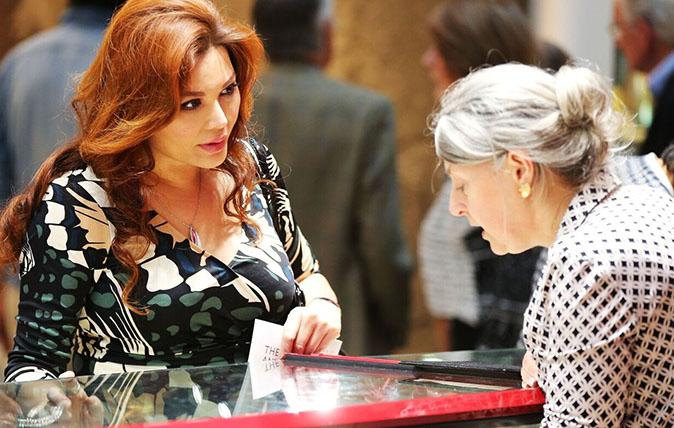

It's all too easy to buy a piece you love, only to get it home and realise that it doesn't fit with anything else you own – or, equally frustrating, holding off from taking the plunge only to spend the next few weeks regretting it.
Antiques and interiors writer Grant Pierrus is an old hand at finding the right piece to fit the right place. Here are his tips.
Buying antiques: The problems you need to solve
So many of us browse antique markets and fairs and see the most extraordinary one-off pieces that we immediately fall in love with but when it comes to make the purchase we are afraid they won’t work with the style of our interiors at home. We therefore don’t make the purchase and often live to regret it as we go on dreaming about it.
Or on the other hand, we often buy something purely because we love it and ‘have to have it’ and then take it home to it doesn’t work or we have no space for it.
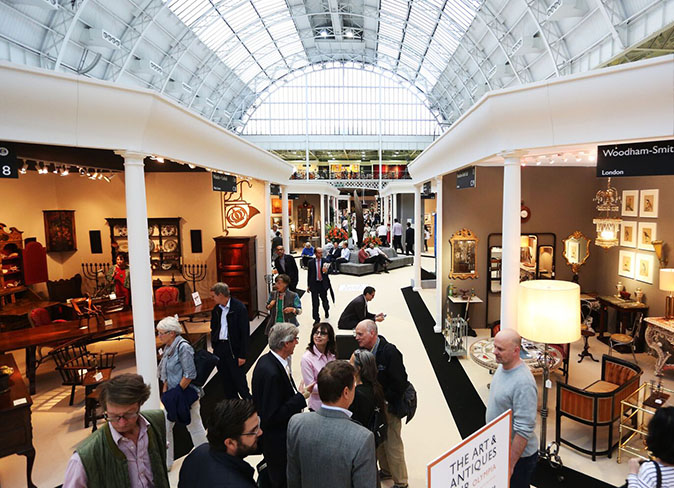
Buying antiques is something that should take some research and consideration at the very least. They are often expensive purchases that are unique to our individual tastes. They should be treasured and passed on for generations and in order to make sure that this is the case you need to make good, educated decisions.
Step 1: Decide what you actually need
Firstly, I think it's key to know what you need and if there is a specific item you need or a specific place that needs filling. With this in mind you can go antiquing with purpose.
It’s also a good idea to have photos on hand of the space that the item will go into as well as exact measurements. This will stop you for looking for unnecessarily items and items that just won’t fit.
Sign up for the Country Life Newsletter
Exquisite houses, the beauty of Nature, and how to get the most from your life, straight to your inbox.
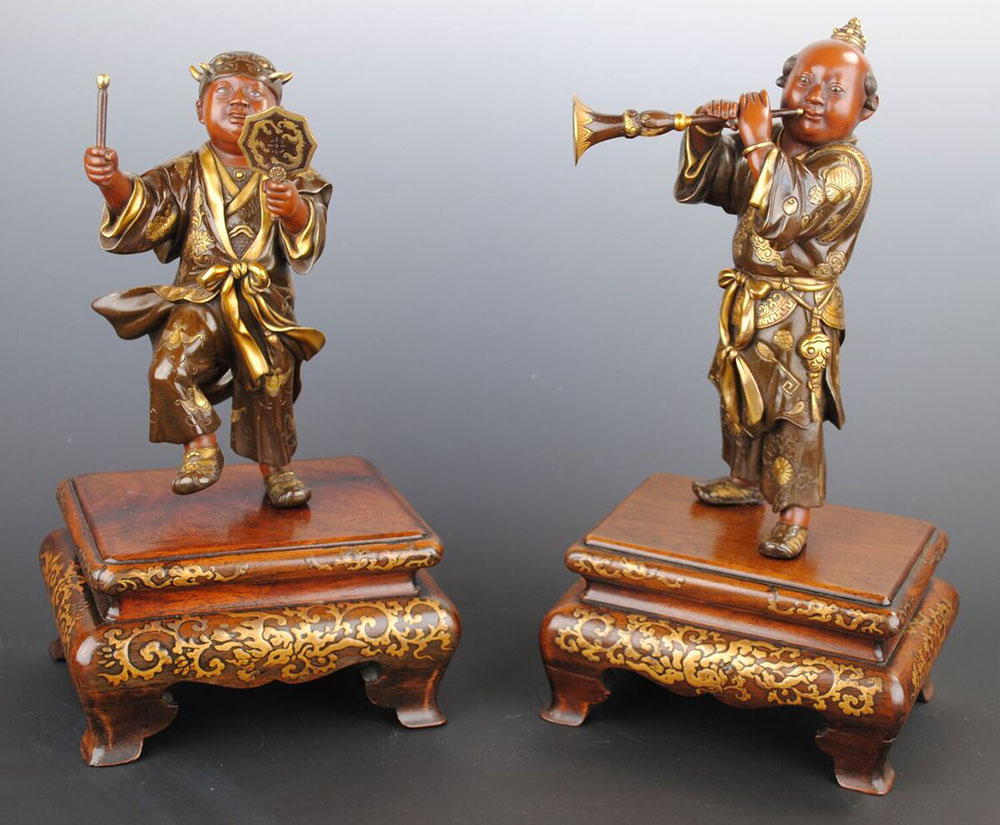
Step 2: Be completely clear about what you really like
This ought to be obvious, but all too often it gets forgotten: I think it is crucial to know what you like.
What have you bought before that’s worked? What dealers are your favourites? What period are you looking for? And so on.

If you are new to the antique hunt a little research goes a long way, and by simply browsing the internet and antiques websites you will begin to see what you like and what you can picture working in the aforementioned space you have in mind.
Nowadays the likes of Pinterest it's easy to save your ideas and references, then refer back to them when you're ready to try something similar to what you've seen elsewhere.
Step 3: Think very carefully about what you already have
It's crucial to be very clear about what you currently have in your home. What are the primary colours used? What kind of materials? Is there a lot of wood? Is it very modern? How would you define your style?
It really helps to have lots of images on hand of your home and space, so when you find a piece you are considering you can really see how well it might fit.
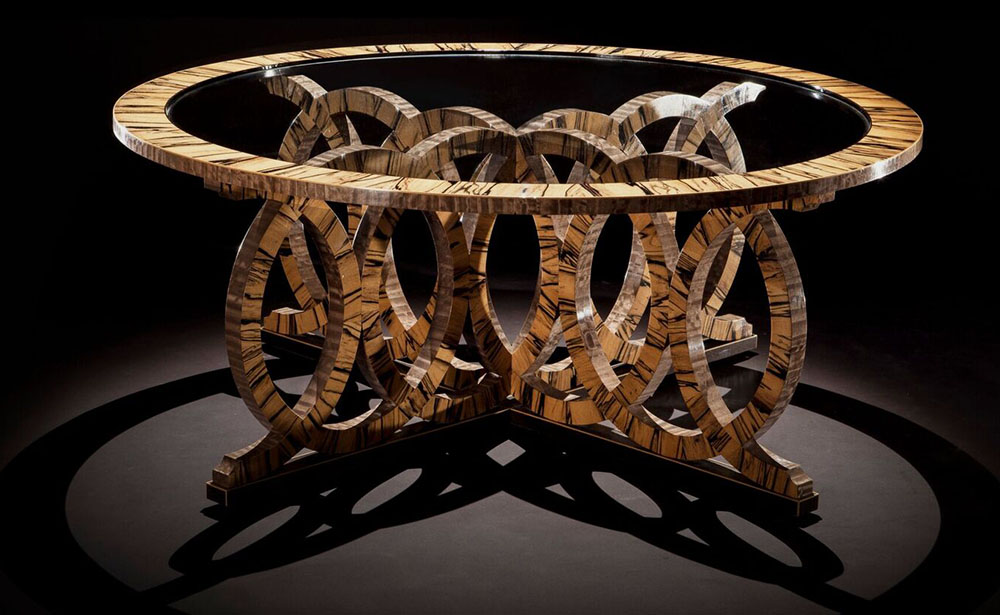
Step 4: Trust your dealer
Don't be afraid to ask the dealer for their advice. A good dealer will have a good eye to and lots of knowledge, and will be able to help you make the right decisions – for the reputable, it's not in their interests to push you into buying something you will regret.
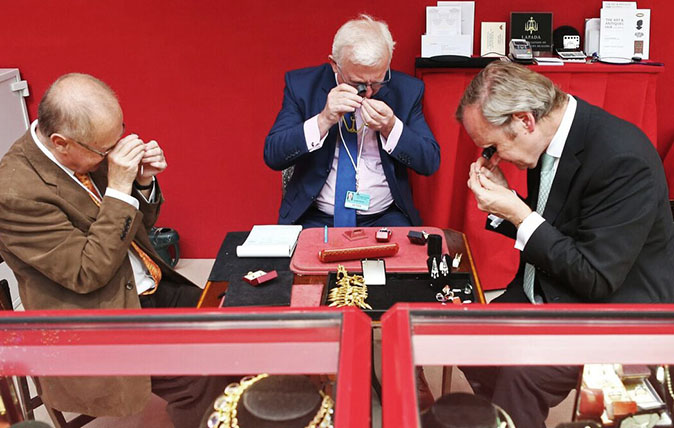
Step 5: Always buy what you love
Lastly, and probably most importantly, make sure you really love the item you are considering.
Make sure you love it enough that if you moved to an entirely different home, or even a new city, it would be one of the first things you took with you. If you really love something, you'll always find a way to make it work. After all interiors are one of the most personal things in the world – and everything you buy should be for you.
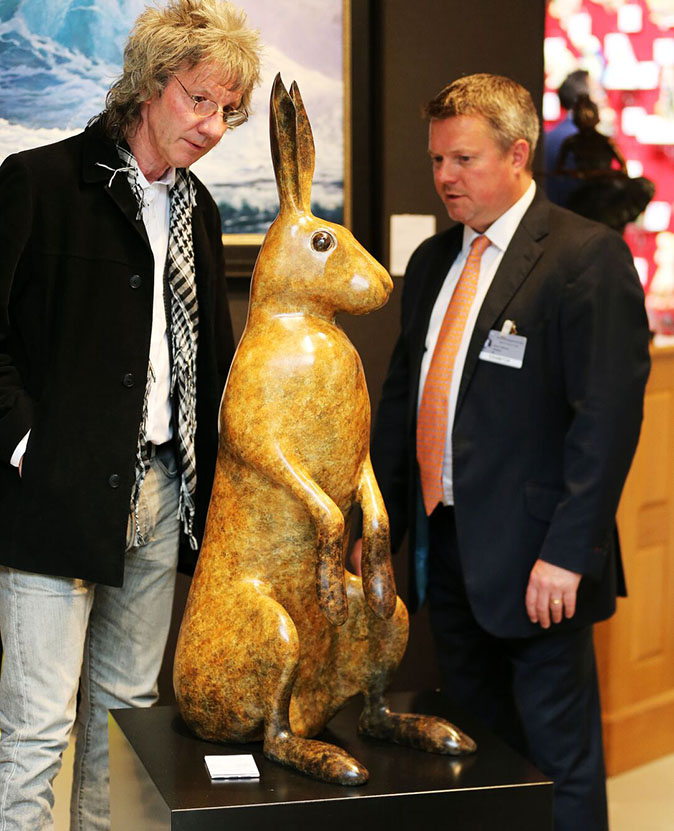
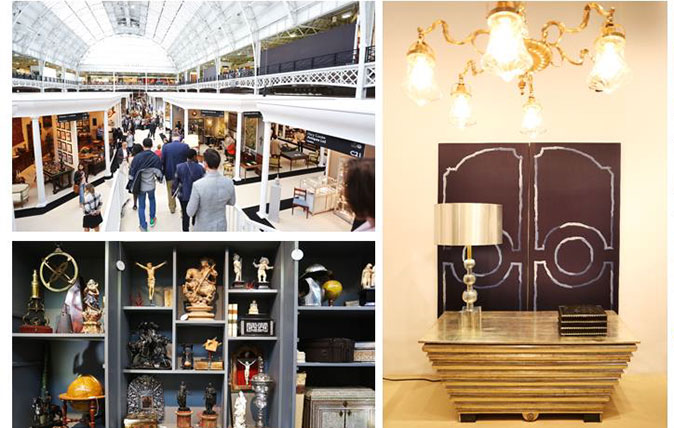
Credit: The Art & Antiques Fair Olympia
Get free tickets to the The Art & Antiques Fair Olympia
Country Life readers are being offered free tickets for The Art & Antiques Fair Olympia.
Country Life is unlike any other magazine: the only glossy weekly on the newsstand and the only magazine that has been guest-edited by HRH The King not once, but twice. It is a celebration of modern rural life and all its diverse joys and pleasures — that was first published in Queen Victoria's Diamond Jubilee year. Our eclectic mixture of witty and informative content — from the most up-to-date property news and commentary and a coveted glimpse inside some of the UK's best houses and gardens, to gardening, the arts and interior design, written by experts in their field — still cannot be found in print or online, anywhere else.
-
 A mini estate in Kent that's so lovely it once featured in Simon Schama's 'History of Britain'
A mini estate in Kent that's so lovely it once featured in Simon Schama's 'History of Britain'The Paper Mill estate is a picture-postcard in the Garden of England.
By Penny Churchill
-
 Splash! A Century of Swimming and Style: A whistle-stop history, from the Roman Baths to Hampstead Heath
Splash! A Century of Swimming and Style: A whistle-stop history, from the Roman Baths to Hampstead HeathEmma Hughes dives into swimming's hidden depths at the Design Museum's exhibit in London.
By Emma Hughes